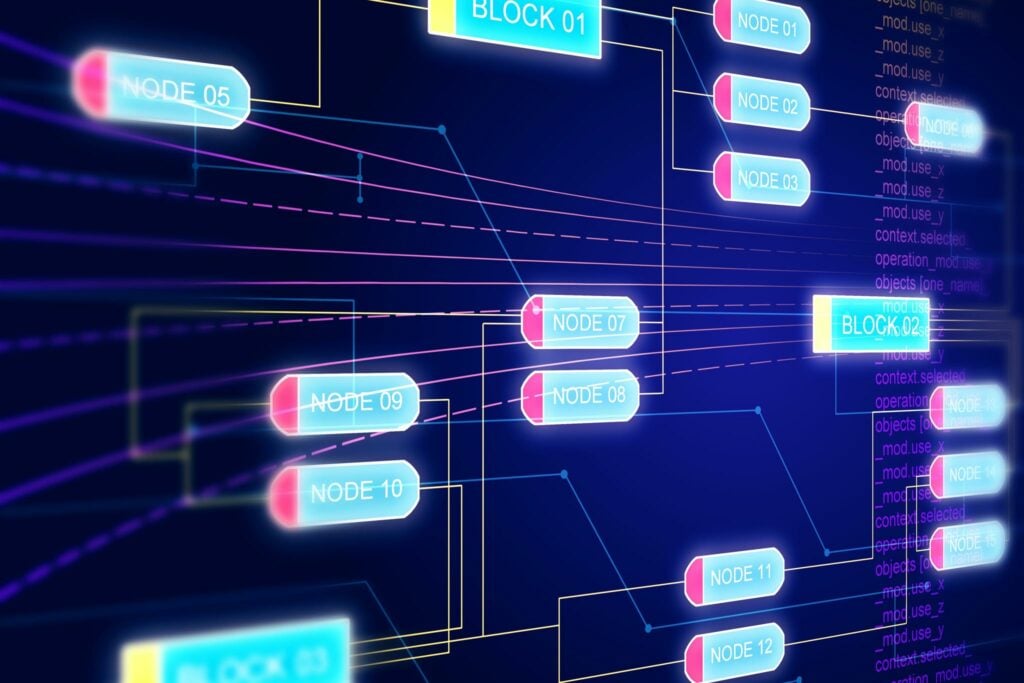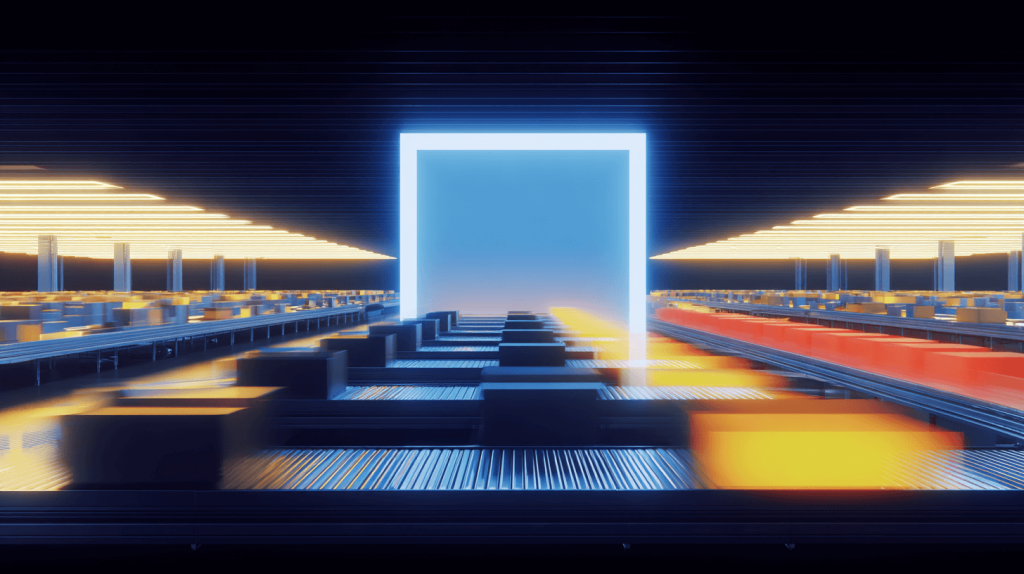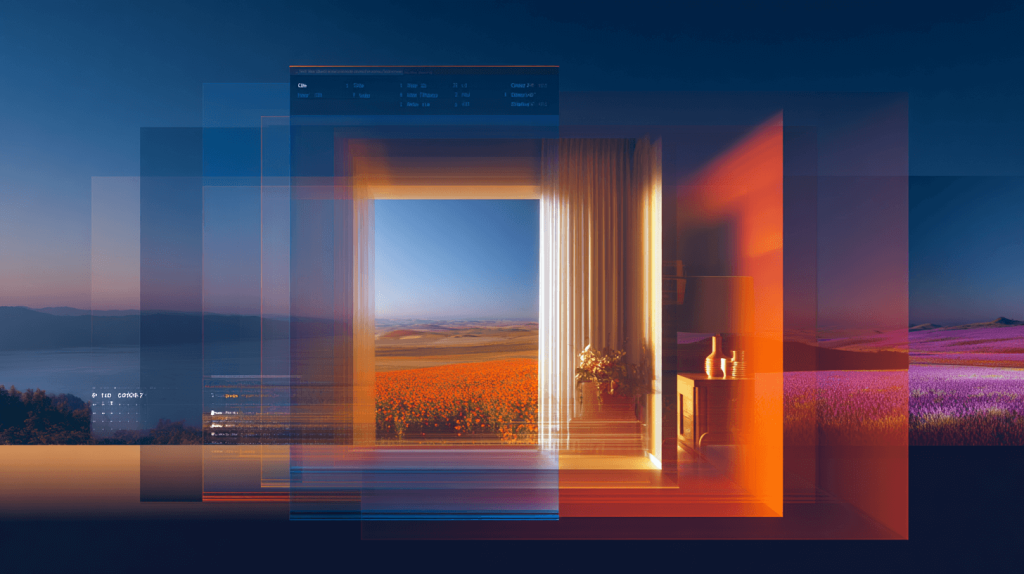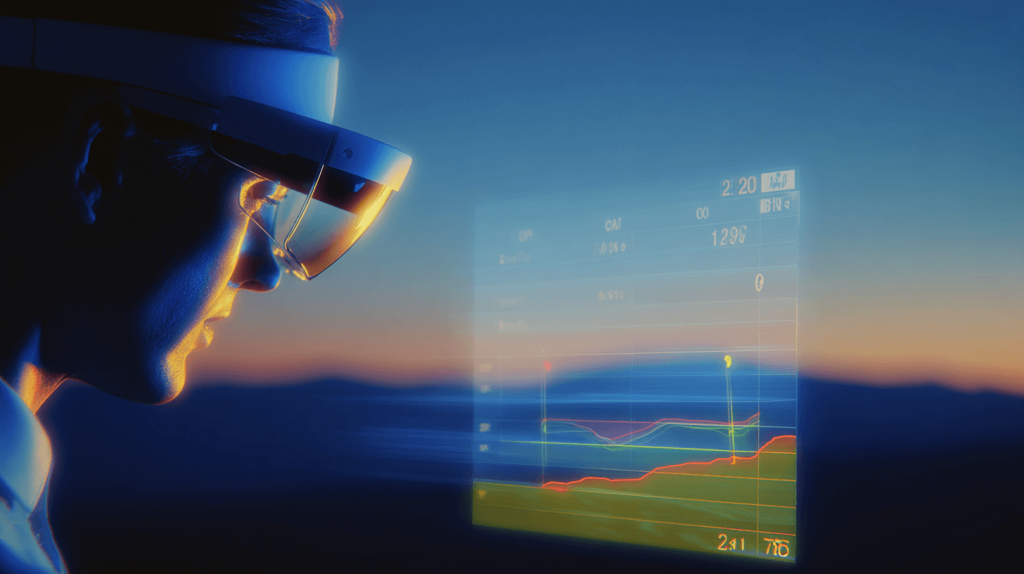In the ever-evolving realm of technology, software patents stand as a beacon of protection for innovators and developers. Yet, the path to securing these patents is riddled with misconceptions and myths that often deter inventors from safeguarding their intellectual property. As we delve into the intricate world of software patent drawings in this article, we aim to shed light on the nuances and best practices that can make or break your patent application. By mastering the art of software patent drawings, one not only fortifies their application but also dispels common software patent myths that cloud the industry. Join us as we navigate the complexities of this essential aspect of the patenting process.
What are Software Patent Drawings?
Developing a thorough understanding of software patent drawings for software-implemented patents is vital to the success of your patent application and one of the most overlooked aspects of any application. While you may have previously filed a patent application for mechanical or non-software-implemented inventions and have a basic understanding of patent illustrations, patent drawings for software-implemented applications are usually more complex and include schematics, diagrams, and flowcharts that may appear redundant or confusing.
This article will break down the importance and best practices for drafting your software patent application drawing figures and help you better understand how your software drawing figures are used to explain how your software functions to achieve the desired output in your software patent application.
While the minimum filing requirements for a non-provisional patent application under 35 U.S.C. § 111 requires only a single drawing figure be submitted with your application, software-implemented applications typically contain a variety of drawing figures that may be used to identify your system, components, and functionality if your application is going to receive a notice of allowance. At RLG we recommend to our clients that they submit at least five software patent drawings figures including:
- Network environment where the software may be implemented;
- A main node (i.e., a computer or a server) where the software code is executed;
- A flowchart of a main method executed by the software’ code;
- A flowchart(s) of additional optional variations of the main method executed by the software code;
- A diagram of computer system/server where the computer-readable medium having the executable code resides in the memory and is executed by the processor of the computer system/server.
Please keep in mind that additional diagrams and flowcharts may be included with your software-implemented application if it helps represent your system’s information or aids the Examiner in understating how to make and use your software system. In some types of software applications, Graphical User Interfaces (GUI) or screenshots associated with the execution of the software code may provide additional support to your claim set and specification and aid in illustrating your system’s “point of novelty.” However, when in doubt about whether something should be included in a drawing, show it in drawing figures.
While some details not shown in the drawings may be included within the text of your application’s specification or claim set, the purpose of your software patent drawings is used to illustrate to the USPTO Examiner how to make and use your claimed invention and will help aid the prosecution of your application if future claim amendments are required.
35 U.S.C. § 112(a) further requires that a patent applicant disclose the invention’s best mode as well as enablement. At its foundation, the best mode requirement creates an affirmative duty on the applicant to disclose the best version of the invention and safeguard against an applicant obtaining patent protection without making a full disclosure of how the software is created and implemented. If you are not ready to fully disclose all the features of your software and its underlying functionality, then consider protecting your invention with a trade secret.
Software Patent Drawing Requirements
The USPTO has established specific standards for illustrating your software-implemented patent drawings within 37 CFR 1.84 and MPEP § 608.02. Each diagram, flowchart, GUI, and other drawings must be in accordance with these requirements at the time the patent application is filed or your drawing figures may be objected to in office action. For example, the MPEP allows patent drawings to be submitted in either black and white or color. Typically, software-implemented patent applications are only illustrated in black-and-white drawings and do not require different colors to identify a specific symbol, character, or view.
How Software Patent Drawings Can Improve Patentability
The details of your software patent drawing are essential to improving your chances of patentability and it starts with the level of disclosure and information provided at the onset of drafting your application. When it comes to software applications, most applications include diagrams, flowcharts, and GUI’s, to illustrate their software system and components.
MPEP § 2164 recites “in a typical computer patent application, system components are often represented in block diagram format (i.e., a group of hollow rectangles representing elements of the system.” While there are many ways to represent your software system in drawing figures, implementing the best figures and views can be the difference between an office action rejection and a notice of allowance.
Types of Software Patent Drawings
There are different variations of software patent drawings. diagrams, flowcharts that may be used to illustrate your software system which may be showed in a variety of views to accurately describe the invention and depict the elements within your specific claims. While there are many ways to delineate your software system drawings, and each drafter has their preferred style, it is imperative that you have all the necessary disclosure information that needs to be included in your software drawing figure when begin drafting.
Just as you would sit down with your developer writing your code to create a “design document” with all the requisite information, you should have that same disclosure information available for your patent attorney when he drafts your software drawing figures.
Software Patent Drawing Figure View
An applicant may choose to represent the drawing figures within their software application in different views or with specific symbols for better understanding or emphasizing different elements within their drawing figures. The two most common types of views for software-implement drawing figures are isometric and enlarged views:
Isometric views are often called “perspective views” and are the most common type of drawing figures found in a software-implement patent application. The isometric view allows your USPTO Examiner to quickly understand the purpose and functions of your software in a single view and are often the first drawing figures found in any application.
Enlarged or exploded views detail the purpose of the invention or its advantages of your software system by disclosing the minute details of the elements in your software patent drawings. Such views may also communicate how the invention functions or how such a function is executed by the claimed system using arrows to depicts the direction of movement. These enlarged drawing may highlight everything from an object shape to the components of the network, systems architecture, or specific nodes with your neural network.
Flowcharts for Method Claims
Flowcharts are utilized to depict informational flow within a piece of software that executes the steps of the claimed method in a sequence. The logical process of execution of the algorithm behind the software code may be represented through the steps illustrated in the flowchart. The flowcharts may be characterized by distinct method steps, points of a logical decision within the algorithm, and recurring execution loops. One of the advantages of a flow chart is the ability to split the flow chart into several sheets to depict specific steps or routines within a method, depict decision and execution steps with symbols, and allows you to add language about specific order, direction, or concurrency.
System Diagrams for Software Architecture
System diagrams are used to present an architecture, or conceptual model, of a specific software system or a specific network to illustrate the local organization and any communication and behavior between nodes, components, and a network. Some system diagrams may be directed to the main actor (i.e., a server node or computer system) where the claimed software-implemented process occurs, or how specific features are executed by the system. The advantage of a system diagram is its simplicity. Rather than illustrating the logical organization of a complex and layered system with software components in one monolithic figure, the various systems and sub-systems may be broken down into multiple components showing connection, processing, and data flow.
Graphical User Interfaces
The user experience (UX) of any software-based product is essential to demonstrating a user’s interaction with graphical components, buttons, and menus of a software system. GUI designs are essential to providing the desired user experience through graphics, textual components, imagery, menus while conveying information relevant to the user. In some cases, UI designs may also be protected with a design patent application. Screenshots of the interface sought to be protected will usually suffice if they illustrate the novel set of features or elements of the GUI. However, the experienced practitioners specializing in software-implemented inventions at Rapacke Law Group typically recommend that you explore a design patent for your GUI design in conjunction with the utility application.
How Many Drawings Do You Need for a Patent?
Every software system and its corresponding patent application is unique and there is no “one size fits all” when it comes to selecting the best drawing figures. While a minimum of one patent drawing is required for filing a non-provisional patent application for any invention, we recommend having a minimum of five software patent drawings that are illustrated by the different examples provided below which originate from an IBM blockchain-based software inventions drafted by one of our patent practitioners.
Software Patent Drawing Examples
- System architecture/network – i.e., network environment where the software may be implemented:
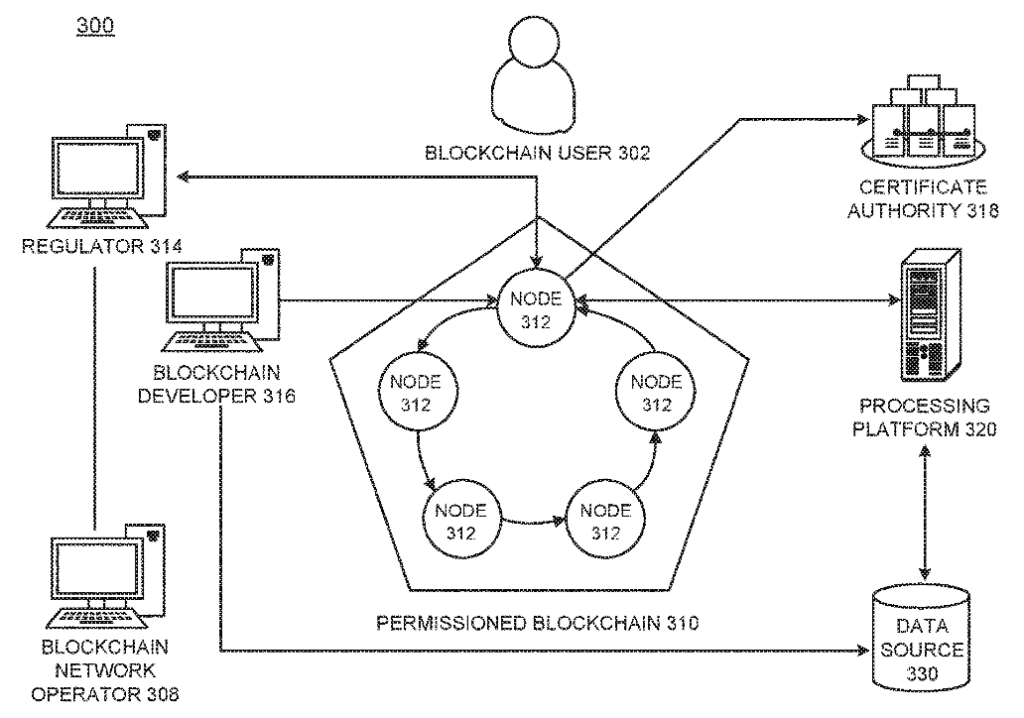
- A main node (i.e., a computer or a server) where the software code is executed:
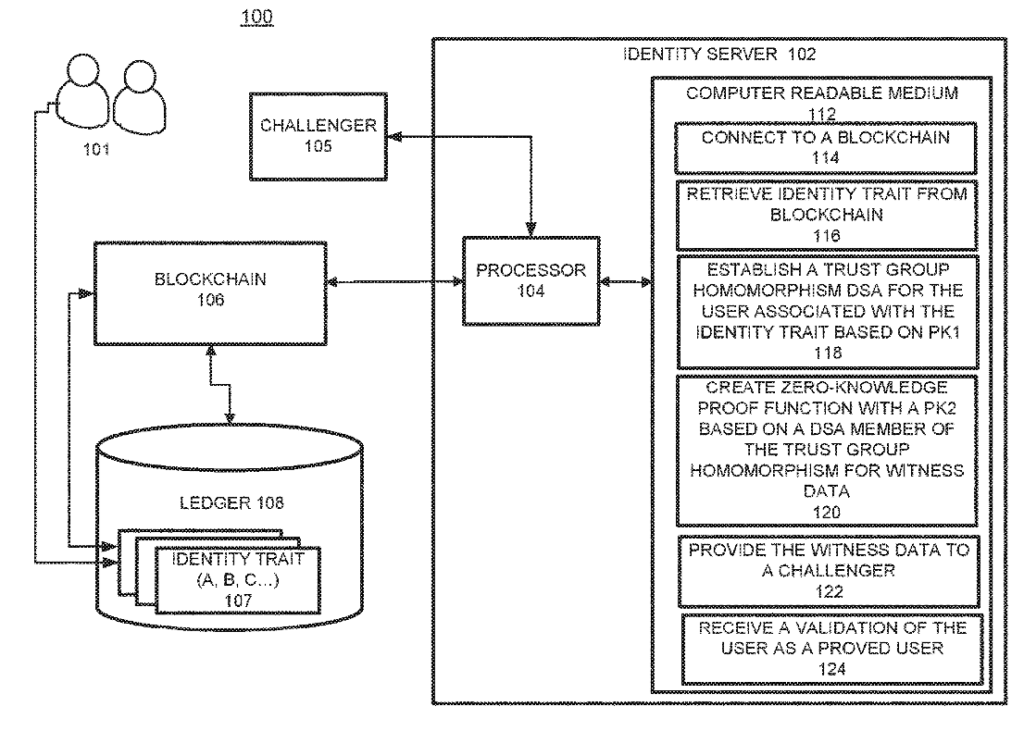
- A flowchart of a main method executed by the software code:
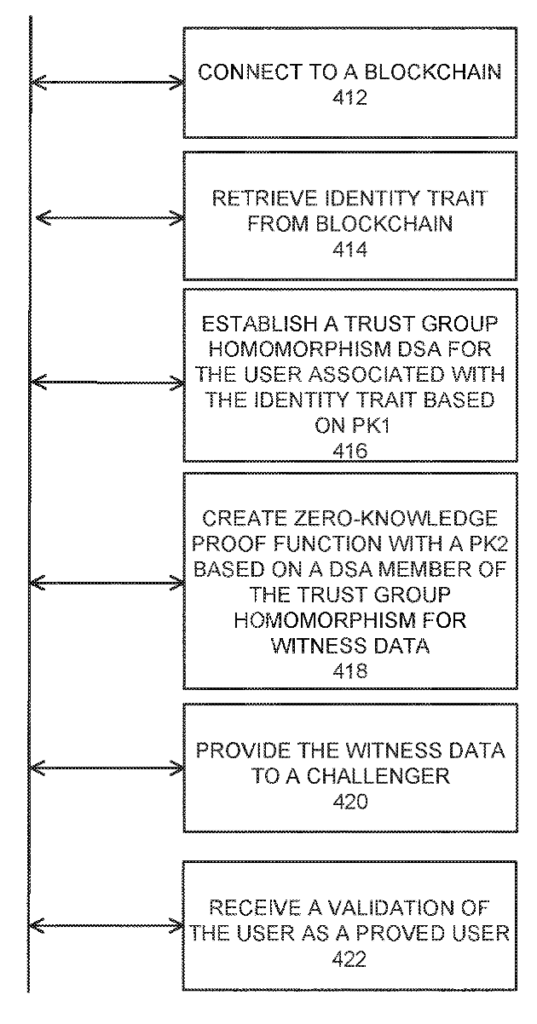
- A flowchart(s) of additional optional variations of the main method executed by the software code:
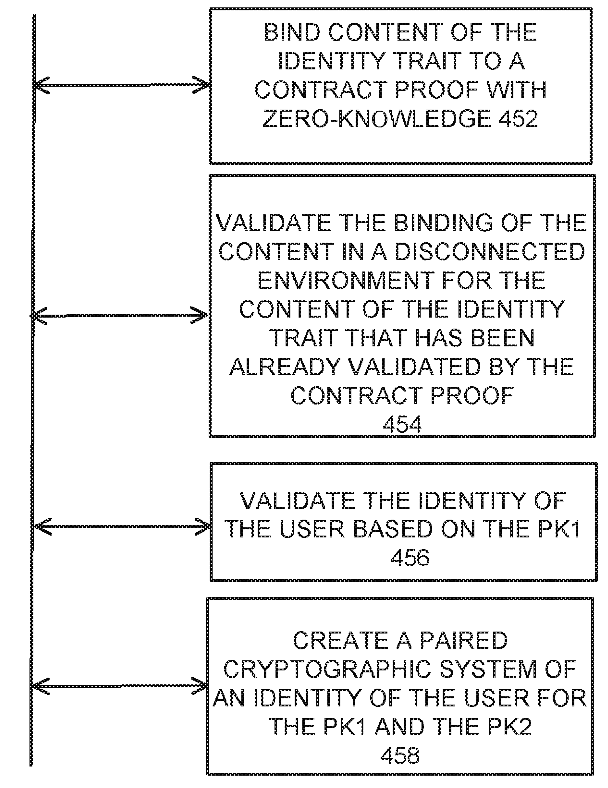
- A diagram of computer system/server where the computer-readable medium having the executable code resides in the memory and is executed the processor of the computer system/server:
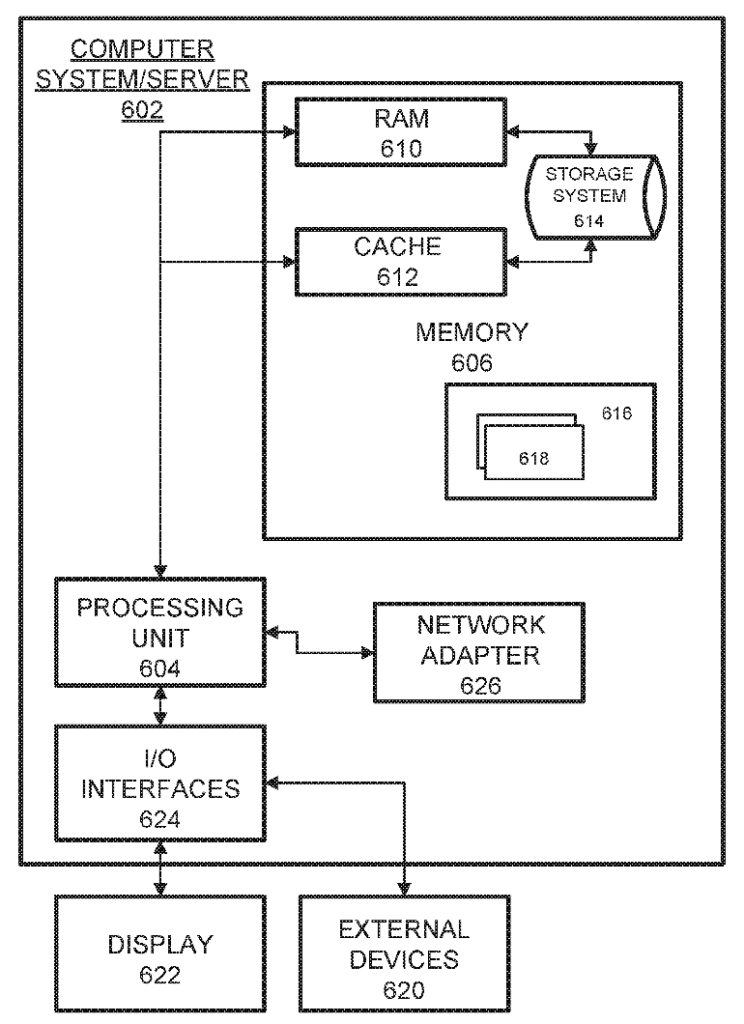
Here’s a list of recent software patent examples from top companies if you’d like a high level idea view of how software patents are being used in tech.
Common Mistakes to Avoid in Software-implemented Patent Drawings
Software-implemented patent drawings are much more likely to be approved by the USPTO Examiner reviewing your application if they are detailed, descriptive, and enable one skilled in the art to make and use the invention without undue experimentation. In short, the best practice is to submit clear and concise illustrations when it comes to depicting your system and method. Resist the temptation to make your software patent drawing any more complex than necessary as it will help minimize any inconsistency or objections from the Examiner.
Patent Drawing Software
Software patent attorneys and inventors alike hold numerous patent drawing software tools in high regard as they aid in the efficiency and accuracy of application illustrations. These high-tech tools facilitate the creation of accurate drawings that serve as a fundamental component of the overarching patent application. Detailed drawings are essential for describing the invention, including its design features and functionality.
However, preparing a patent drawing does not necessarily have to be a do-it-yourself project; our law firm represents inventors, businesses, and others who create software and license their software on a global scale. An experienced software patent attorney can help create the drawing on your behalf and advise on what type of views and figure will best describe your software system. With a fixed fee firm these costs are already built into your estimate.
Alternatively, there is also the option of tapping into the expertise of a patent drafting service provider for assistance as they can provide a great start to help transfer your early-stage drawings (e.g., wireframes and flowcharts) into a polished final product that may be submitted with your patent application.
If you insist on creating the drawing on your own, you can do so with the use of patent drawing software that will help transfer the fine details of your system into black-an-white drawings submittable with your application. Learn the ins and outs of such a software program, utilize the latest natural language processing and template tools to create the drawing figures that are right for you, and double-check its details to ensure full compliance with the requirements provided by the USPTO.
Examples of popular patent drawing software include SmartDraw, which generates diagrams and flowcharts with built-in templates. CorelDraw, complete with filtering and font management, is also popular. Additional patent drawing software options include Adobe Illustrator, DraftSight, complete with a litany of productivity tools, and the highly intuitive OmniGraffle 7, widely favored for its short learning curve.
OmniGraffle 7 is also revered for its package complete with:
- Stencils
- Point editing tool
- Auto layout
- Touch bar support
SketchUp is available for all computer operating systems, is available as a paid program with a variety of product tiers or at no cost. The no-cost version has some restrictions, such as limitations to 3D, yet there is also the option of upgrading to a Shop version or Pro version for additional flexibility.
CAD Software for Patent Drawings
CAD, short for computer-aided design, reached its peak popularity in the late ’90s and early 2000’s. Though CAD isn’t referenced as often as it was in previous decades or include some of the new high-tech features such as natural language processing used in the latest software platforms, it plays an important role in the context of software patent drawings. For example, FreeCAD is an open-source software available for Mac, Windows, and Linux is a modeler that uses parametric three-dimensional technology for artful and accurate presentation and allow you build and label your software architecture and flow charts with ease.
Create your design with this CAD program and you’ll be empowered to generate, share, and alter those creations with surprising ease while eliminating inconsistencies and errors that can lead to drawing objections by the USPTO. The program’s files support formats such as DAE, STL, IGES, and STEP. Shift between 3D and 2D as desired, customize your creations to your liking, and you’ll agree FreeCAD is one of the best drawing tools on the market.
Take the Guesswork Out of Your Software Patent Application
At the Rapacke Law Group, our trained attorneys specialize in software-implement technology and offer a variety of money-back guarantees if your matter is not successful. Our transparent and fixed-fee approach will ensure you know exactly the scope and price of your application before any work is started. Ask about our RLG Guarantee and find out how we can help protect your most valuable assets.
Reach out to us today to schedule a no-cost strategy call with one of our patent attorneys.

